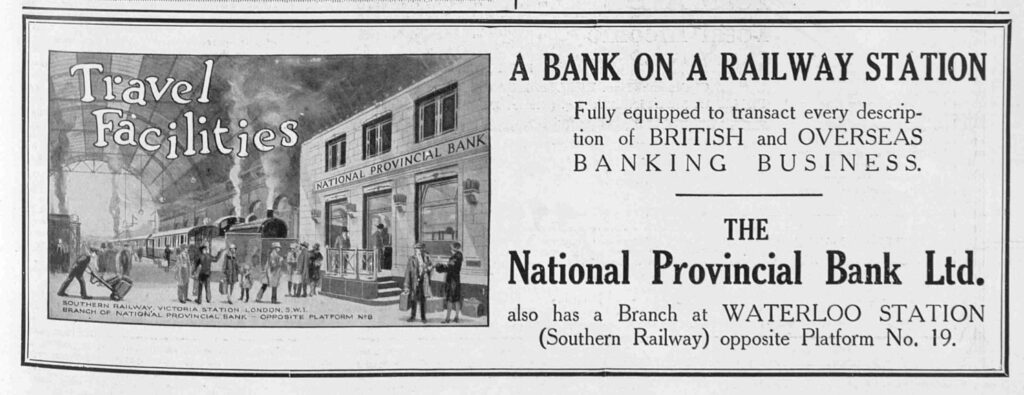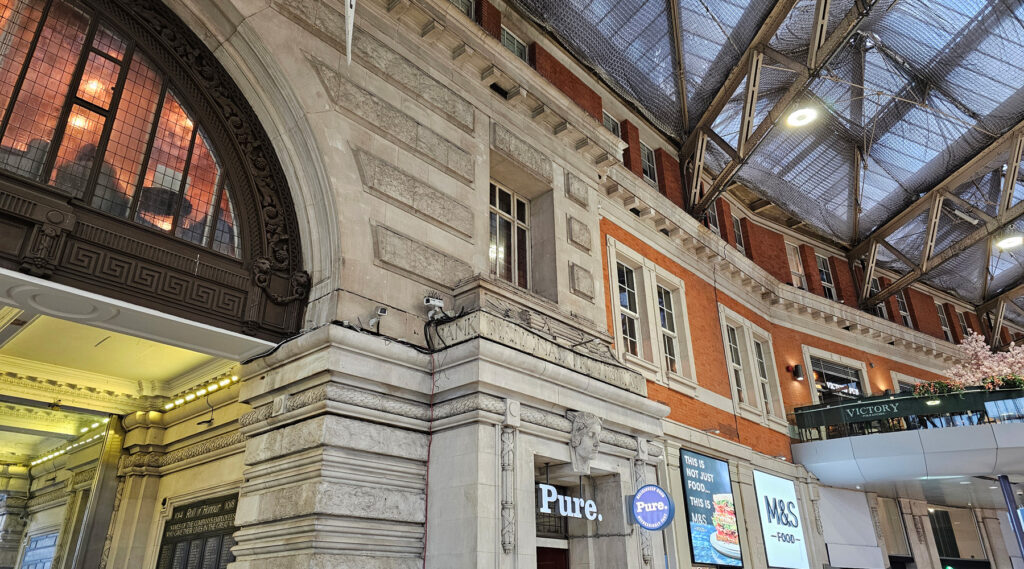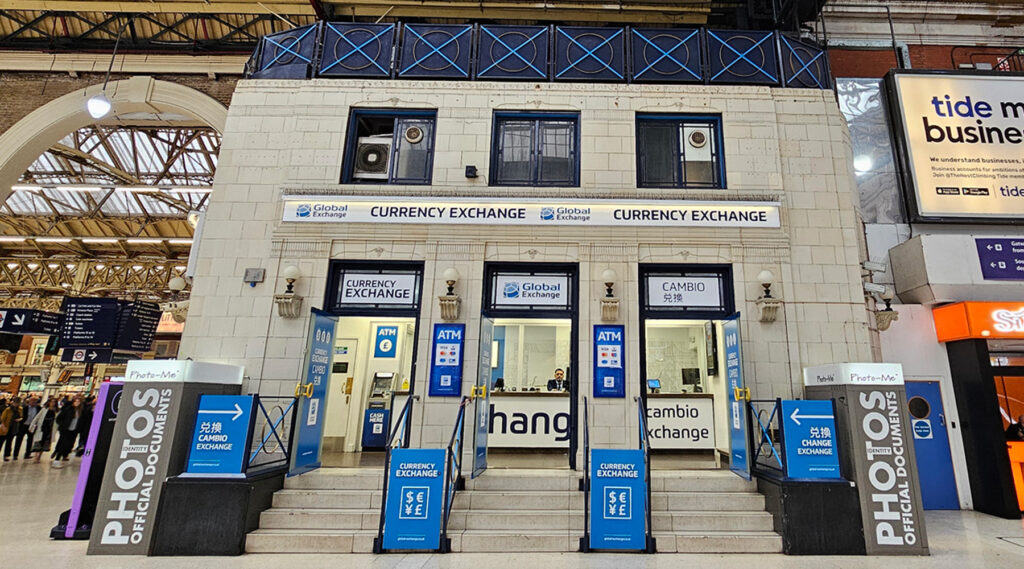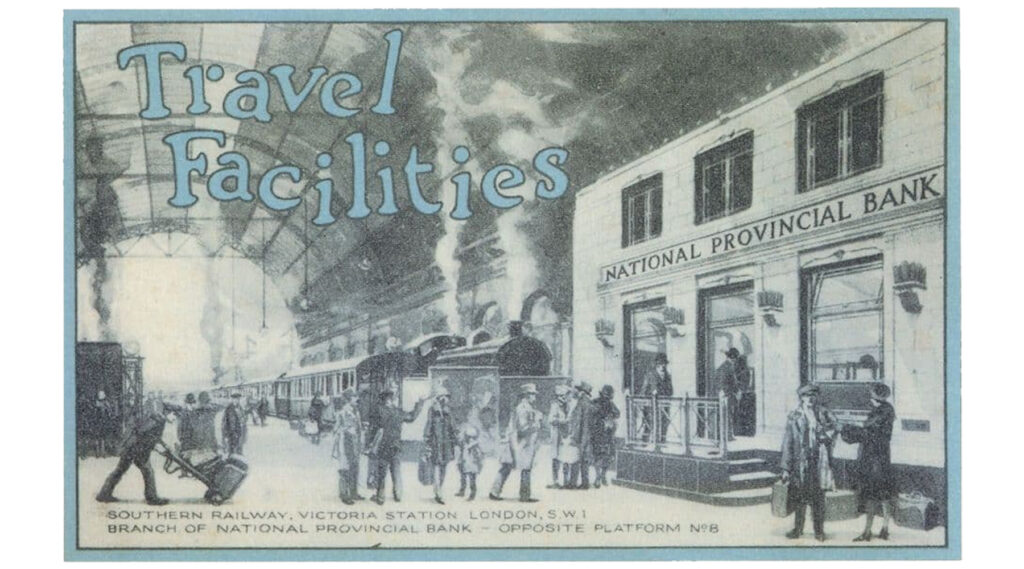A century ago, on 10th January 1924, the forerunner of the NatWest bank opened its first-ever branch inside a railway station – at Waterloo station. And so popular was it that just a few years later, they opened a second branch nearby, in Victoria station.
Both have long since closed and while it’s hard to spot the remains of the Waterloo branch today, the Victoria station branch is a significant landmark within the station that most people probably never realise was once a bank.
The telltale sign that a building was once a bank, even after the signs have been removed, is something that’s often too much hassle to remove — and that’s the Night Safe that allows the bank’s commercial customers to deposit cash at the bank when it’s closed. It was noticing the night safe at the Victoria station that triggered some research and discovering that now is the centenary of the Waterloo branch opening.
In fact, today marks the centenary of Waterloo station getting a bank inside the railway station itself. The bank was opened by the National Provincial Bank, which is the predecessor of today’s NatWest Bank, and the idea of opening a branch inside the railway station was sufficiently radical that it was highlighted in the bank’s annual board meeting a few weeks after it opened as a new experiment the bank was trying out.
The National Provincial Bank was created in 1833, and expanded rapidly, although its first branch in London didn’t open until 1866; it changed its name in 1918, and back again to the National Provincial in 1924. By the 1960s, it was considered one of the “big five” banks in the UK, and in 1970, it merged with Westminster Bank, becoming NatWest.
Back to Waterloo station, although the bank is long gone, you can still see the original bank sign if you look up, although you wouldn’t have until recently as the sign was concealed behind a blue International Currency Exchange sign. When they moved out, the currency exchange sign was removed, revealing the National Provincial Bank name again.
You can also find the remains of the Night Safe around the side of the former bank, at the entrance to the station. I can’t find out exactly when it closed, but the NatWest website says it was still open in the 1990s.
Elsewhere, regular visitors to Victoria station might have noted the grand looking Currency Exchange and maybe wondered what the building was originally.
This was the second railway station branch opened by the National Provincial Bank, and you can see the bank as it was in 1958 in the background of this photo. It survived long enough to be photographed as a NatWest Bank in 1972.
The Victoria branch may have been busier as both branches were advertised as being a convenience for travellers wanting to buy foreign currency and travellers’ cheques, and while both stations had trains to the coast to catch ships, Victoria station was far and away the busier for that sort of international traffic.
The Victoria branch also appeared in adverts of the time, unlike the Waterloo branch.
Unlike Waterloo, all vestiges that this building might have been a bank have been removed, but if you peer around the side, you can find the clue — as the Night Safe is still there, hidden away from casual view.
There still is a NatWest presence in the station, although it’s now just a set of cashpoints next to the toilets. But today marks the centenary of NatWest’s long experiment in putting bank branches in railway stations with its first one at London Waterloo.













Leave a Reply